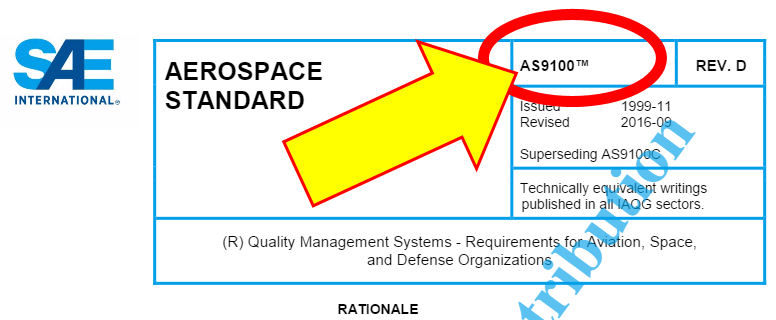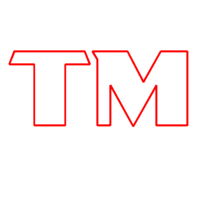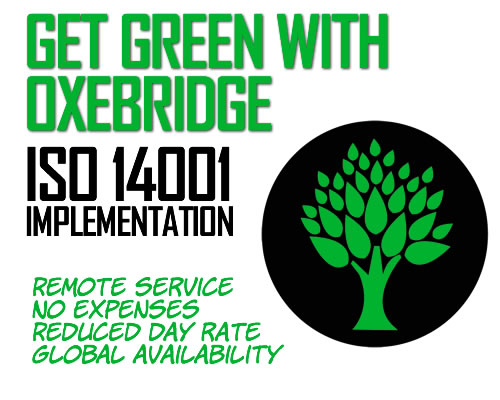You’d never know it by the way their people accuse me of all sorts of fictional crimes, but the IAQG gang that writes the AS9100 standard really, maybe, kinda-sorta likes me. You see, while they won’t let me join their esteemed ranks — if by “esteemed” we mean drunken — that doesn’t stop them from taking my advice at every turn, even if they’d die by African ant-death before they ever admitted it.
A careful reader of the CD draft of AS9100D realized the IAQG had virtually lifted material from yours truly, specifically my “Uncertainty Battery” approach to dealing with opportunities as the opposite of risks. As you may know, ISO takes the ludicrous position that risk and opportunity are the same thing, and I argued this is … well, insane. The AS9100 authors apparently agreed, and had inserted some language that nearly copied mine, at the same time they were denying me membership in their committee. Why have to deal with me personally, face to face, when they can just steal stuff from my website?
That language was eventually dropped and now doesn’t appear in the final AS9100D standard, but my brief moment in the sun nevertheless left me temporarily tanned. I was either this close to aerospace stardom, or suing the pants off of IAQG for copyright infringement. You pick.*
During an official scuffle through IAQG’s OASIS portal, on whether one can use removable red dykem to permanently mark scrap, “America’s Lead” Buddy Cressionnie took the position that red dykem was acceptable since it was a temporary form of permanent marking (snort). Yes, that idea makes no sense whatsoever (like being a little pregnant), but worse it showed that Cressionnie didn’t even know that it violated his employer Lockheed’s own procedures. Rather than concede defeat and (gasp!) admit that I — and the entire rest of the industry — was right, he instead offered to take my language and bring it to the AAQG meeting and propose it himself. Because he’s that kind of guy.
Now it’s evident to the entire world that the IAQG once again took my advice, and trademarked the term “AS9100.” A quick search of the US Patent and Trade Office database shows that they — through SAE International — did this way back in July 2015, but the reason it’s come to light now is that the new AS9100 D standard shoves that little ™ symbol everywhere, for the first time.

Where did they get the idea? Well consider that in January 2013 I wrote an article How IAQG Could Have Spent $750 to Shut Down AS9100 Certificate Mills Forever and argued that IAQG should use trademark law to its advantage:
Right now SAE claims copyright on AS9100 and related standards, but only as the publisher. And that’s copyright, not trademark. The IAQG could have filed a trademark claim years ago for “AS9100” and all the variations thereof, before they ever published the first standard. (In retrospect, the AAQG should have done it, but that’s a moot point.)
Take, for example, a common certification coffee lovers see every day: Rainforest Alliance Certified coffee. This certification is intended to verify that coffee beans are grown and harvested in a manner that does not damage fragile rainforest ecosystems. The phrase and logo for “Rainforest Alliance Certified” is fully trademarked by the Rainforest Alliance non-profit organization. No one can print up fake Rainforest Alliance certificates without running afoul of trademark law, and getting their asses sued by the owners. So the Alliance locked down their claim on the certification early.
Likewise the CMMI standard is strongly protected by trademarks filed by its creator, Carnegie Mellon University. You can’t even announce you are a CMMI consultant without their approval. It’s a tightly run operation, and they do not suffer scammers.
It seems they were listening after all, even as their people were screaming that I had suffered a psychotic breakdown and threatening to kill me with a baseball bat because I dared suggest that AS9100 might need some tweaking.
The trouble, as I indicated in my 2013 article, is that they’ve come into this a bit late. While the law allows for trademarking something that’s already been released to market, it makes enforcement that much more difficult. They can’t, for example, suddenly start suing people who have built and entire profession calling themselves “AS9100 Consultant” because SAE decided, decades too late, to trademark the term.
Still, it would be nice to know that SAE and IAQG can throw some legal muscle behind its brand to stop clowns like Daryl Guberman, Don LaBelle and Stephen Keneally from issuing self-accredited AS9100 certs and thus risking the health and safety of pilots, passengers and the public. The question now is whether or not they have the stomach — and cash — to fund the necessary trademark lawsuits., assuming they can surmount the hurdles they created by waiting so long.
But it appears SAE and IAQG don’t have any in-house expertise in this area anyway — no shock there — since they are still using the ™ symbol and have not switched it to the more ominous ® symbol. One uses ™ when the trademark is applied for and pending registration, but once the registration is issued — as is the case with AS9100 — the owner is supposed to begin using the ® symbol instead, which is a warning that additional trademark protections are now available to the owner, as the mark is officially registered.
So, how long before the aerospace guys start swapping out their TM for ®, after having read this article? Can they just put me on retainer already as their de facto legal counsel?
Now one would hope they would use this new authority smartly, by going after the bad guys who are issuing fake certificates and potentially risking death to airline passengers, astronauts and pilots. But history says they are more likely to use it to go after their critics, by trying to stop websites (like this one) from “discussing” standards, while ignoring all the counterfeiting, fraud and death. We’ll see.
(* I’m joking. I wouldn’t have sued, because getting the standard right is more important.)
Christopher Paris is the founder and VP Operations of Oxebridge. He has over 35 years’ experience implementing ISO 9001 and AS9100 systems, and helps establish certification and accreditation bodies with the ISO 17000 series. He is a vocal advocate for the development and use of standards from the point of view of actual users. He is the writer and artist of THE AUDITOR comic strip, and is currently writing the DR. CUBA pulp novel series. Visit www.drcuba.world








